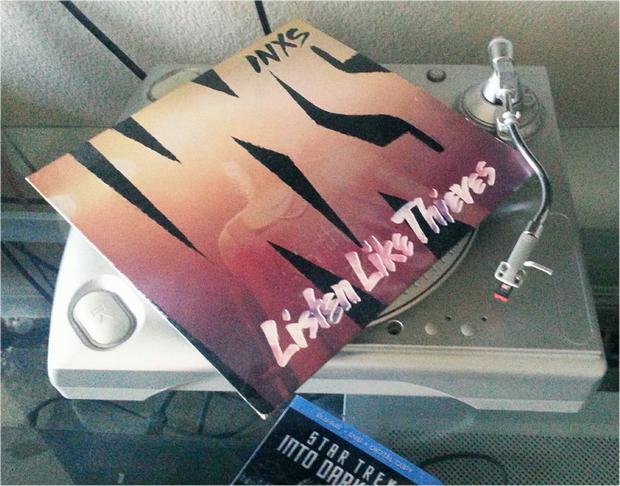People who gravitate toward the latest technology regard themselves as progressives mavericks on the cutting edge - and then they stand in a line outside the Apple store.
Apple products don't look good, and they aren't particularly original - having to jailbreak your phone to use it the way you want and being told you can only use their power supply is more Soviet gulag than 21st century technological freedom but a lot of people still consider them cool. And perception matters most. If a product appears to be losing its coolness, it's over, Friendster.
Who better to know what cool is than a big university academic? Like with business, they can create trends from past data even if they can't create a product themselves.
"Everyone says they know what 'cool' is, but we wanted to get at the core of what 'cool' actually is, because there's a different connotation to what cool actually means in the tech world," said S. Shyam Sundar, Distinguished Professor of Communications at Penn State. Sundar and colleagues say what every hipster that has ever followed and abandoned a new band knows; a trend moves like a wave. First, people in groups -- subcultures -- outside the mainstream begin to use a device. The people in the subculture are typically identified as those who stand out from most of the people in the mainstream and have an ability to stay a step ahead of the crowd, according to the researchers.
Once a device gains coolness in the subculture, the product becomes adopted by the mainstream.
What happens next is a mystery. By the late 1980s the rock band U2 had almost no fans from their early albums still listening, yet they were bigger than ever. Meanwhile, thousands of other trends since then died when subculture appeal faded because it became less cool. Most young people don't live on Facebook today but it is still popular.
The challenge for most companies is to become cool and increase sales but somehow maintain that when the products become less cool and sales suffer. Apple has mastered the art of looking technologically progressive while really just having good software on generic components.
It's never over. Record players have enjoyed a retro resurgence, though they will never be ubiquitous like they once were. Hipsters like their limited usefulness and young people go with what hipsters like. A recent survey of 315 college students asked about 14 different products based on the elements of coolness taken from current literature found that record players are cool again, even though most people don't own them and never would. It had nothing to do with technology.

If you want to be cool, own a record player. Credit: Science 2.0
A follow-up survey with 835 participants from the U.S and South Korea narrowed the list to four elements of coolness -- subculture appeal, attractiveness, usefulness and originality -- that arose from the first study. In a third survey of 317 participants, the researchers found that usefulness was integrated with the other factors and did not stand on its own as a distinguishing trait of coolness.
"The utility of a product, or its usefulness, was not as much of a part of coolness as we initially thought," said Sundar.
USB drives and GPS units are not considered cool even though they were rated high on utility, while game consoles like Wii and X-box Kinect were rated high on coolness, but low on utility - and in the case of Wii U, despite the fact that no one buys it. Some products master both. Macbook, Instagram and Pandora were seen as quite useful, but utility was not a determining factor.





Comments